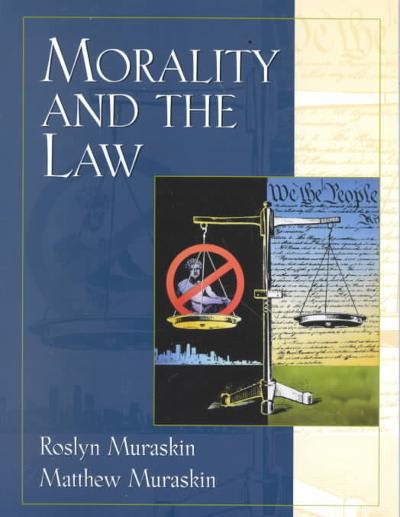Question
Good morning i need help about the questions ( Business law) 1.What is a Lien? Lien is an encumbrance on (claim against) property to satisfy
Good morning i need help about the questions ( Business law)
1.What is a Lien?
Lien is an encumbrance on (claim against) property to satisfy a debt or protect a claim for the payment of a debt.
i have already answer question 1.
2.Which of the following are sources of Liens that creditors can attain to secure a debt:
a)Statue
b)Contract
c)Judiciary
d)They are all sources of liens
3.A builds an addition to her house. This is real property or personal property.
4.B purchases a fishing boat. This is real property or personal property.
5.B takes his suit to the dry cleaners. He fails to pay. The dry cleaner retains possession of the suit until B pays. This is a mechanics lien or an artisan lien.
6.B takes his car to Firestone for repairs and fails to pay. The manager at Firestone retains possession of the car until B pays. This is a mechanics lien or an artisan lien.
7.Abuilds an addition to her house but fails to pay the contractor. The contractor places a lien on the house. This is a mechanics lien or an artisan lien.
8.A wins her lawsuit against B. She asks the judge to have the sheriff take a valuable piece of art that B owns and sell it to pay off the judgement. This is a writ of attachment or writ of execution.
9.A sues B for breach of contract. B owns a valuable piece of art. A asks the judge to have the sheriff "attach" the art before the trial. This is a writ of attachment or writ of execution.
10.A owes B money. B askes the court to order A's employer to pay B directly, as a way to pay down the debt. This is a garnishment or a judicial lien.
11.A secures a judgment against B in court. A asks the court to order the sheriff to attach some of A's property and sell it, using the proceeds to pay down the debt. This is a garnishment or a judicial lien.
12.Bob purchases a home for $200,000. He borrows $180,000 from the bank. If Bob sold the house immediately:
a)How much would he owe Bank of Detroit?
b)How much equity would Bob have in the house?
13.If Bob sold the house 5 years later for $250,000:
a)How much would he owe Bank of Detroit (assuming he never paid principal, only interest)?
b)How much Equity would Bob have in the house?
14.If, after living in the house for 5 years, the value of the house appreciated to $250,000, and Bob wanted to "borrow against the house" by taking an Equity Loan from Bank of Lansing. How much money would Bank of Lansing lend Bob and remain "fully secured" {meaning if the house was sold, it would sell for equal or more than the outstanding loans and Bank of Lansing would not be left with a deficiency}?
15.A borrows money to purchase a car. His father agrees to help and signs a document that states he will pay the debt if A defaults. This is a surety or a guaranty.
16.A borrows money to purchase a car. His father agrees to help and signs a document that states he will be equally, primarily, liable on the loan. This means the creditor can seek payment from either A or his father. This is a surety or a guaranty.
17.A defaults on her loan to the Bank. Bank takes A's real property to sell at auction and uses the proceeds from the sale to pay down the debt. This is a repossession or foreclosure.
18.B's debt is greater than all his assets, real and personal. He liquidates everything and the proceeds are applied to the debt. Still, B retains some of his property. This is an exemption or a redemption.
19.B's creditors foreclose on his property and sell it at a public auction. The proceeds are applied to the debt. Still, B is able to buy back his property by paying the entire debt plus costs of foreclosure.This is an exemption or a redemption.
20.A borrows money to purchase a home. A signs a document agreeing to repay the loan plus interest. This is a promissory note or a mortgage.
21.A borrows money to purchase a home. A signs a document giving the creditor the right to foreclose on the home if A defaults. This is a promissory note or a mortgage.
22.A defaults on her car loan. Bank takes the car and sells it at auction, using the proceeds from the sale to pay down the debt. This is a repossession or foreclosure.
Step by Step Solution
There are 3 Steps involved in it
Step: 1

Get Instant Access to Expert-Tailored Solutions
See step-by-step solutions with expert insights and AI powered tools for academic success
Step: 2

Step: 3

Ace Your Homework with AI
Get the answers you need in no time with our AI-driven, step-by-step assistance
Get Started


